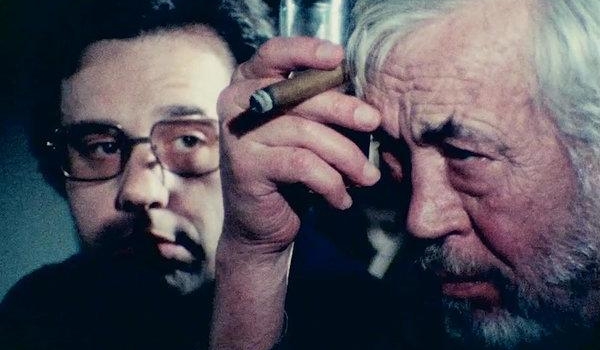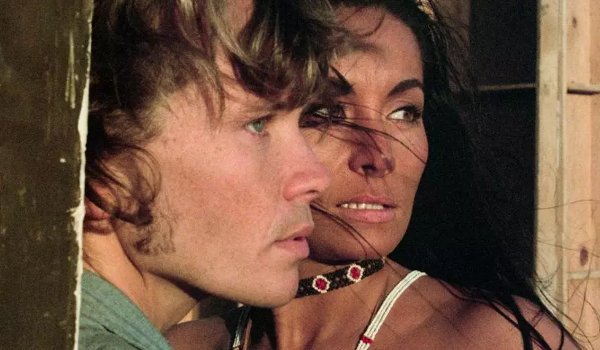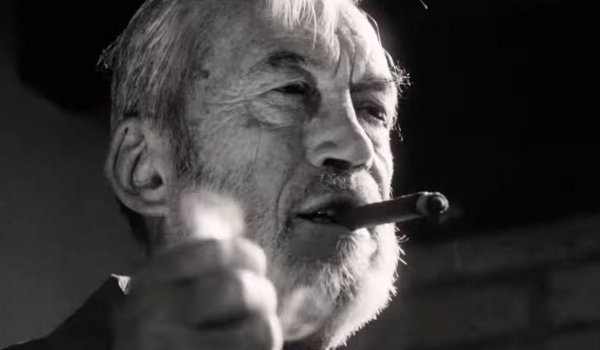- Title: The Other Side of the Wind
- IMDb: link

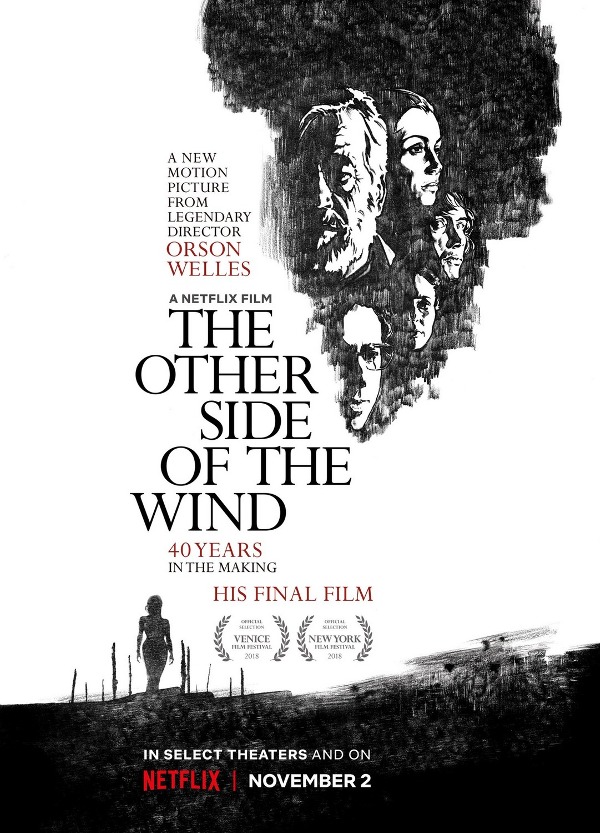 It may have taken an extra 40 years, but the last film from Orson Welles is finally available to be seen. While it is nearly impossible to separate the film from its history (covered in detail in the new documentary They’ll Love Me When I’m Dead), The Other Side of the Wind has the benefit of working despite this potential limitation and delivering a fitting last chapter to Welles’ career with a biting satire and visual smorgasbord finally pieced together more than three decades after the director’s death.
It may have taken an extra 40 years, but the last film from Orson Welles is finally available to be seen. While it is nearly impossible to separate the film from its history (covered in detail in the new documentary They’ll Love Me When I’m Dead), The Other Side of the Wind has the benefit of working despite this potential limitation and delivering a fitting last chapter to Welles’ career with a biting satire and visual smorgasbord finally pieced together more than three decades after the director’s death.
Never one to back away from a challenge, Welles’ The Other Side of the Wind offers a layered feast, which can be devoured all at once but is best digested over multiple viewings. The experimental project delivers one or two small missteps (most notably the horrific performance by Cathy Lucas in a, thankfully, small role) but also yields terrific results. The narrative follows the final days of an aging director struggling with his latest film while make statements about the change in Hollywood culture from the old school studio system to the rise of a New Hollywood.
Half of the film is shot in mockumentary style at director Jake Hannaford’s (John Huston) home during a party full of friends and media to view a rough cut of his latest film (which Hannaford is in desperate need of funding to complete). Inter-cut with these scenes are Hannaford’s film about a drifter (Robert Random) and his encounter with a beautiful stranger (Oja Kodar). Comparisons between Hannaford and Welles abound, including a willingness to jump into a project without a finished script and the director’s relationship to his now more commercially successful protege (played by Peter Bogdanovich, who, at the time, was the more commercially successful protege to Welles himself). While you don’t need to know much about Welles and the peaks and valleys of his career, the more you know the more fascinating this journey through the tilted looking glass becomes.
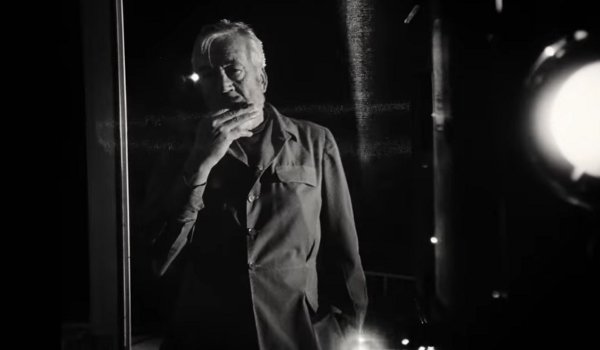
As interesting as the documentary is as it delves into Hannaford’s complex relationships with both co-workers and the media, the film within a film (also titled The Other Side of the Wind) nearly steals the show as it offers us an Orson Welles’ film through the lens of European arthouse cinema. It’s here the director’s eye is put to work through the camera of longtime cinematographer Gary Graver. Even if the film-within-a-film eventually falls apart (how could it not given the structure of the larger story?) it produces some of the year’s best visuals. This is all the more remarkable when you realize these scenes were shot nearly 50 years ago.
There’s obvious anger here as Welles takes jabs at Hollywood and journalists while also bearing a bit of the director’s own difficulties in getting along with anyone for too long (even close friends and colleagues). Huston may not have Welles’ girth, but he does cast a large shadow and proves to be more than capable of delivering lines to charm or shatter those around him, depending on the director’s whims. The Other Side of the Wind may not be a perfect film, but it does honor to both cinema and the legacy of its creator. Now available on Netflix, along with the documentary about the torturous path of its creation, it’s easily one of the best films of this year (even if it was made many, many years ago).

